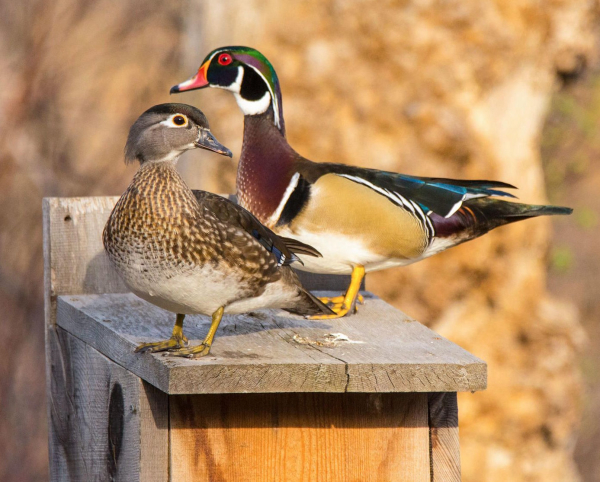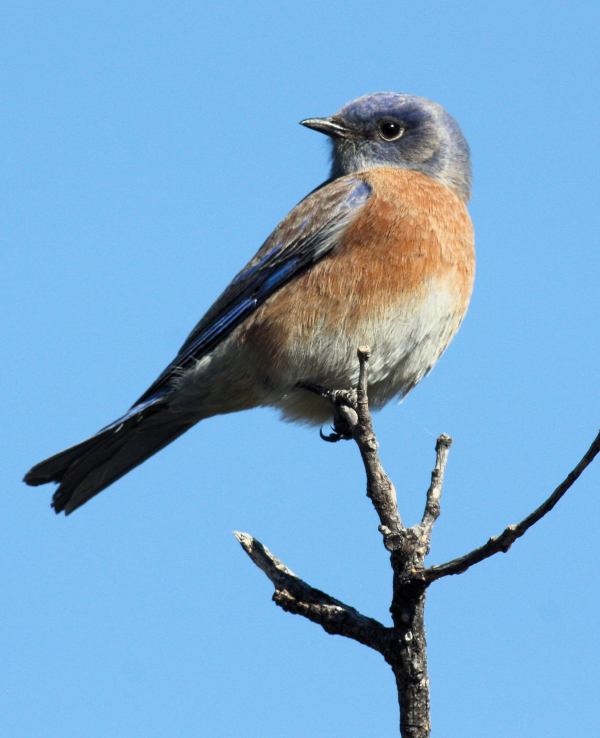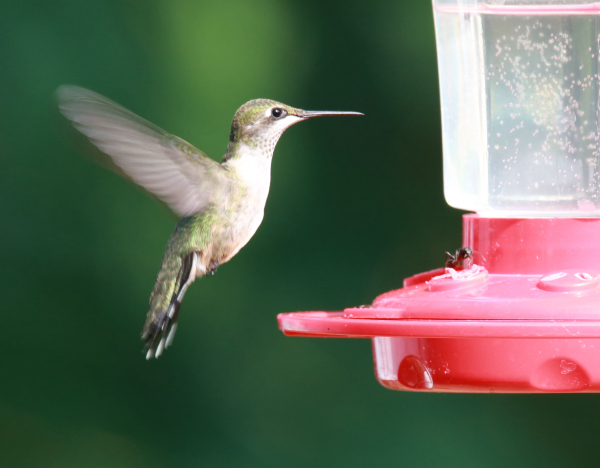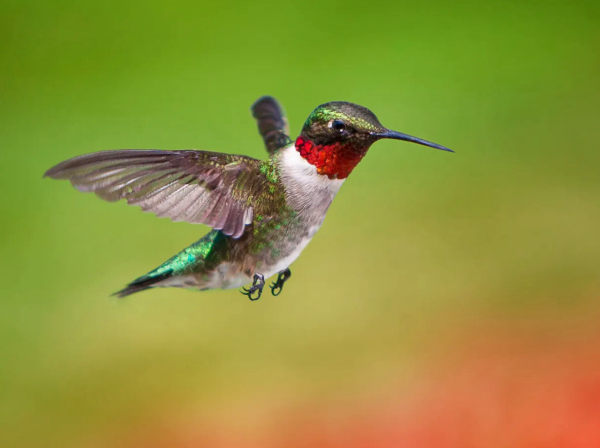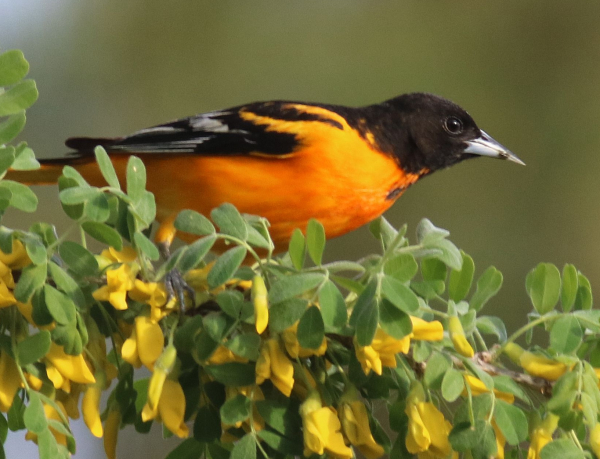Join the NestWatch Flock this Spring

Rufous Hummingbird and nestling by Eric Pittman.
The Cornell Lab of Ornithology is asking bird watchers and nature-lovers who find a bird’s nest of any species to share their observations with the free NestWatch citizen-science project.
Participants report the location of a nest, the species using it, number of eggs laid, and other important milestones as the birds incubate, raise, and fledge their young. You can register for the project at NestWatch.org.
“There is still a lot we don’t know, even about common species,” says NestWatch project leader Robyn Bailey. “For example, why do some species have good and bad years in terms of their reproductive success?”
Mourning Dove with nestlings in a hanging basket by Iman J. Ahmad.
Participation in NestWatch helps birds by providing key data about such questions from places that would otherwise be inaccessible to scientists—backyards, farms, businesses, school grounds, and other nooks where birds nest. You might find a bird’s nest in a bush or a tree but also in a hanging flower basket, on a windowsill, or in a birdhouse.
The Cornell Lab has been accepting information from the public on nesting birds for more than 50 years and continues to research how small, everyday actions (such as putting out bird food and protecting nest boxes with predator guards) can make life better for birds—and for the people who watch them.
“I just love NestWatch,” says Donna Bragg, who has been participating in NestWatch for seven years. “It’s great that there is a way to actually keep track of what I see and have it put to use. It’s been a fun learning experience for the whole family.”
Find out more about the project, sign up, and learn how to become a NestWatcher at NestWatch.org. And watch for the NestWatch “Home Tweet Home” photo contest coming in July!



